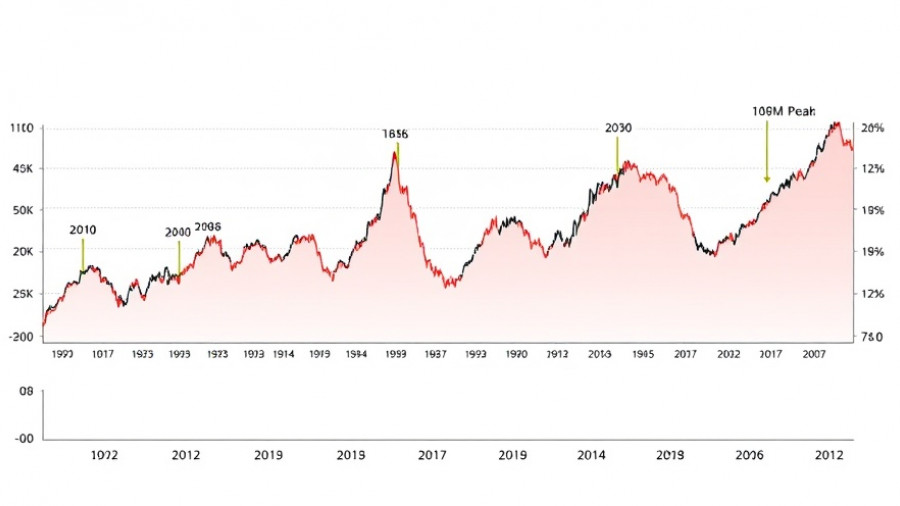
Understanding the Tax Impact of Your Investments
Tax-efficient investing is crucial for optimizing your financial strategy. Betterment has devised four key strategies to help mitigate the tax impact of your investment decisions. Whether you are a seasoned investor or just beginning your financial journey, understanding different account types and their tax implications can guide your decisions effectively.
Your Investment Accounts Matter
From taxable accounts to retirement plans, each investment account has unique tax implications. Taxable accounts, while easy to access, expose you to annual taxes on capital gains and dividends. These accounts are ideal if you prefer flexibility and have already maxed out your retirement contributions.
Conversely, traditional retirement accounts like IRAs and 401(k)s offer the advantage of tax-deferred growth. These accounts are funded with pre-tax dollars, meaning you’ll pay taxes on distributions in retirement—ideally when your tax bracket may be lower.
On the other hand, Roth accounts are funded with after-tax dollars, allowing for tax-free qualified distributions. If you expect a higher tax rate in the future, contributing to a Roth could prove advantageous in the long term.
Leveraging Dividends Strategically
Dividends can play a significant role in your investment strategy. Betterment encourages its users to take advantage of qualified dividends, which are taxed at a lower rate than ordinary income. Understanding the treatment of dividends can further enhance your returns while minimizing tax liabilities.
Tools for Tax Optimization
Using technology and tools to analyze your static and variable investments can aid you in making informed decisions that limit tax impacts. Betterment’s tax-sensitive features offer insights and recommendations tailored to your financial situation, helping you stay ahead in your investment journey.
Conclusion
Incorporating these tax strategies into your investment plan not only helps in reducing tax burdens but also maximizes your investment growth potential. Leveraging tools, understanding your accounts, and being proactive can pave the way towards better financial health.
 Add Row
Add Row  Add
Add 




Write A Comment